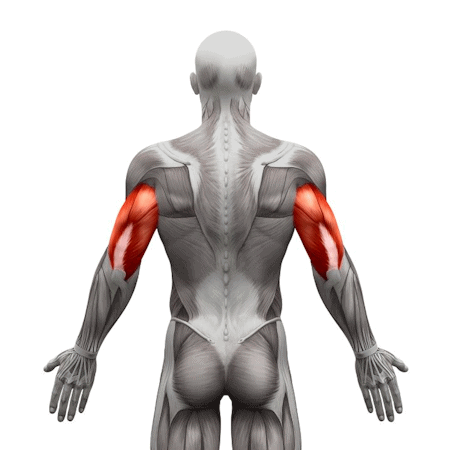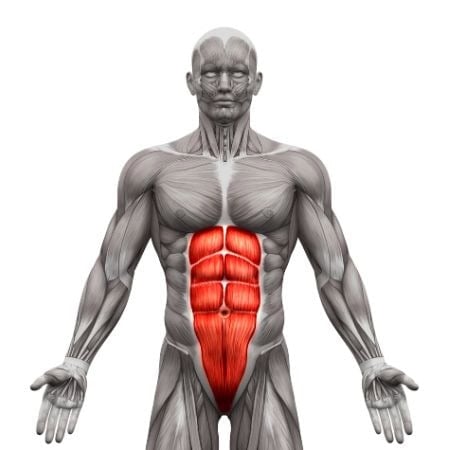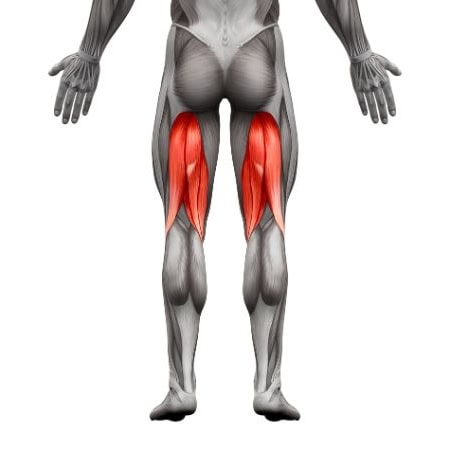Inch worm
How to do Inch worm?
The inch worm is a dynamic full-body exercise that combines flexibility, mobility, and core engagement. It begins in a standing position, transitions to a forward walkout with the hands into a high plank, and ends by walking the feet back to the hands. This movement strengthens the shoulders, core, and hamstrings while improving flexibility and coordination, making it a great warm-up or full-body exercise.
Steps to Perform a Proper Inch Worm:
1. Start in a Standing Position:
• Stand tall with your feet hip-width apart and arms relaxed at your sides.
• Engage your core and keep your back straight.
2. Hinge at Your Hips to Reach the Ground:
• Bend forward at your hips, keeping your legs as straight as possible.
• Place your hands on the ground in front of your feet. Bend your knees slightly if needed to reach the floor.
3. Walk Your Hands Forward:
• Slowly walk your hands forward along the ground, keeping your core engaged.
• Stop when your body forms a straight line from your head to your heels in a high plank position.
4. Hold the Plank Briefly:
• Pause in the plank position for a moment, ensuring your shoulders are stacked over your wrists and your core is tight.
5. Walk Your Feet Toward Your Hands:
• Keeping your legs as straight as possible, walk your feet forward toward your hands in small steps.
• Engage your hamstrings and core to control the movement.
6. Return to Standing:
• Roll your spine upward slowly to return to a standing position, finishing with your shoulders back and chest lifted.
7. Repeat the Movement:
• Perform the desired number of repetitions, focusing on smooth and controlled motions.
Benefits of the Inch Worm
• Builds Full-Body Strength: Strengthens the shoulders, core, and legs while engaging multiple muscle groups in a single movement.
• Improves Flexibility and Mobility: Stretches the hamstrings, calves, and lower back, enhancing overall flexibility.
• Enhances Core Stability: Challenges the core during the plank and transitions, improving balance and stability.
• Promotes Functional Movement: Mimics real-life movement patterns, improving coordination and body control.
• Great Warm-Up Exercise: Increases blood flow and prepares the body for more intense physical activity.
• No Equipment Needed: Can be performed anywhere, making it a versatile and accessible exercise.
Common Mistakes to Avoid
• Rushing the Movement: Perform the exercise slowly and with control to maximize effectiveness and reduce the risk of injury.
• Sagging Hips in the Plank: Keep your hips in line with your shoulders and heels to maintain proper alignment.
• Locking the Knees: Allow a slight bend in your knees if your hamstrings are tight to avoid straining them.
• Neglecting Core Engagement: Engage your core throughout to stabilize your spine and prevent arching or collapsing.
• Inconsistent Breathing: Maintain a steady breathing rhythm to support control and focus during the exercise.
Tips for the proper execution of Inch worm
Move Slowly and Controlled: Avoid rushing; focus on smooth transitions between each phase to maximize effectiveness.
Maintain a Straight Back in the Plank: Ensure your hips are in line with your shoulders and heels during the plank to prevent sagging or arching.
Engage Your Core: Keep your core tight throughout the movement to stabilize your spine and improve control.
Breathe Steadily: Inhale as you hinge forward and walk your hands out, and exhale as you walk your feet back toward your hands.
Muscles worked when doing Inch worm
Primary Muscles:
•Shoulders (Deltoids): Engage during the hand walkout and plank hold to stabilize the upper body.
•Core Muscles: The rectus abdominis, transverse abdominis, and obliques stabilize the torso and maintain alignment during the plank and transitions.
•Hamstrings: Stretch and activate during the forward fold and foot walk toward the hands.
Secondary Muscles:
•Chest (Pectorals): Support the shoulders during the plank and transitions.
•Triceps: Assist in stabilizing the arms during the hand walkout.
•Calves: Engage during the foot walk back toward the hands.
Primary Muscle(s):
Secondary Muscle(s):

Triceps
Equipment needed for Inch worm
No equipment needed for this exercise.
Adjust the difficulty of Inch worm
How to make Inch worm harder?
How to make Inch worm easier?
How to make Inch worm harder?
To make Inch worm harder:
-
Add a Push-Up: Once in the plank position, perform a push-up before walking your feet back toward your hands.
-
Walk Hands Beyond the Plank Position: Extend the hand walkout slightly past the plank position to increase the demand on your shoulders and core.
-
Perform on One Leg: Keep one leg raised during the entire movement to increase the challenge to your balance and core stability.
-
Use Sliders or Towels: Place your feet on sliders or towels and slide them forward instead of walking, adding resistance to the movement.
How to make Inch worm easier?
To make Inch worm easier:
-
Bend Your Knees During the Forward Fold: Allow a slight bend in your knees when reaching for the floor to reduce strain on your hamstrings.
-
Shorten the Hand Walkout: Walk your hands out only partway, stopping before a full plank position, to reduce the challenge on your core and shoulders.
-
Use an Elevated Surface: Place your hands on a raised surface like a low bench or box to decrease the intensity and improve accessibility.



